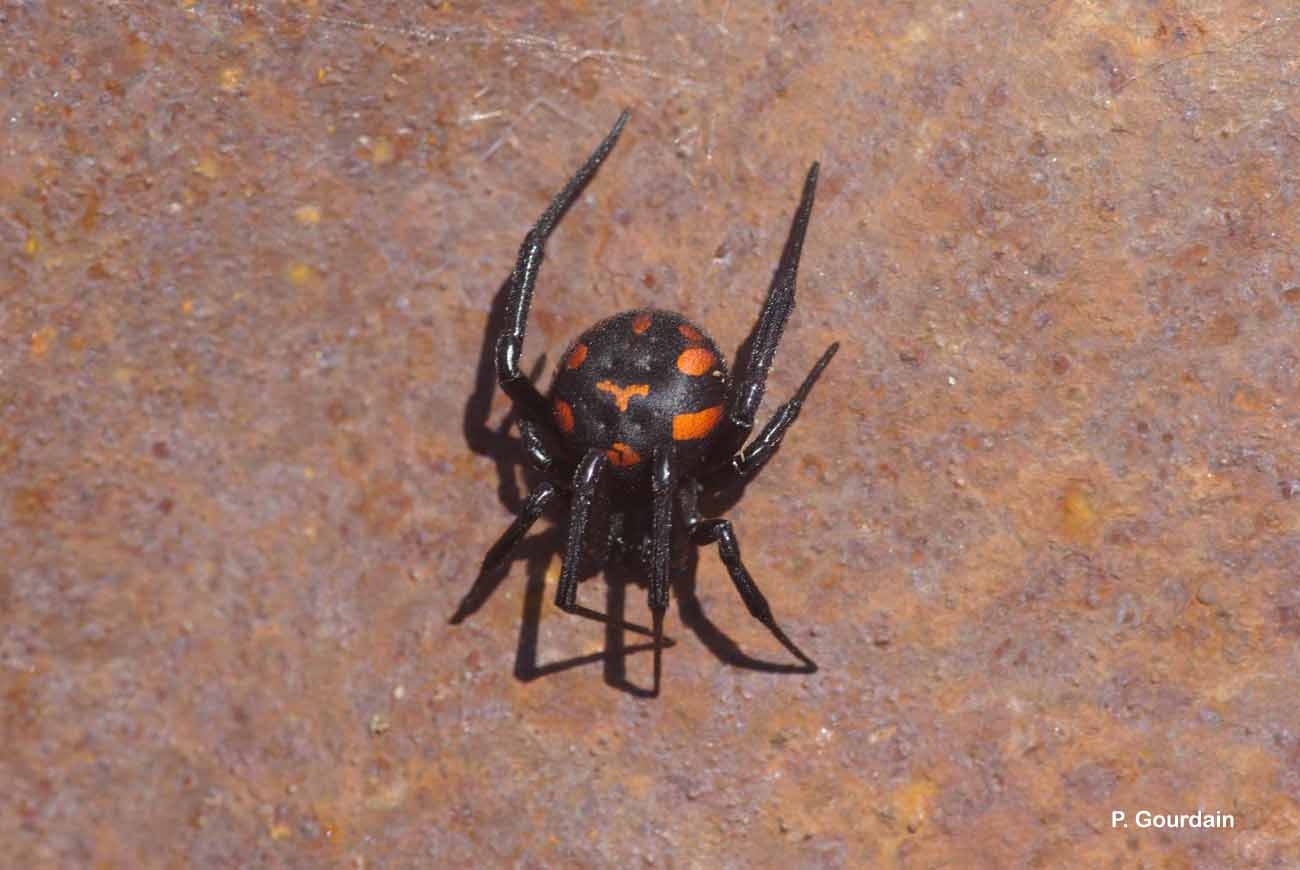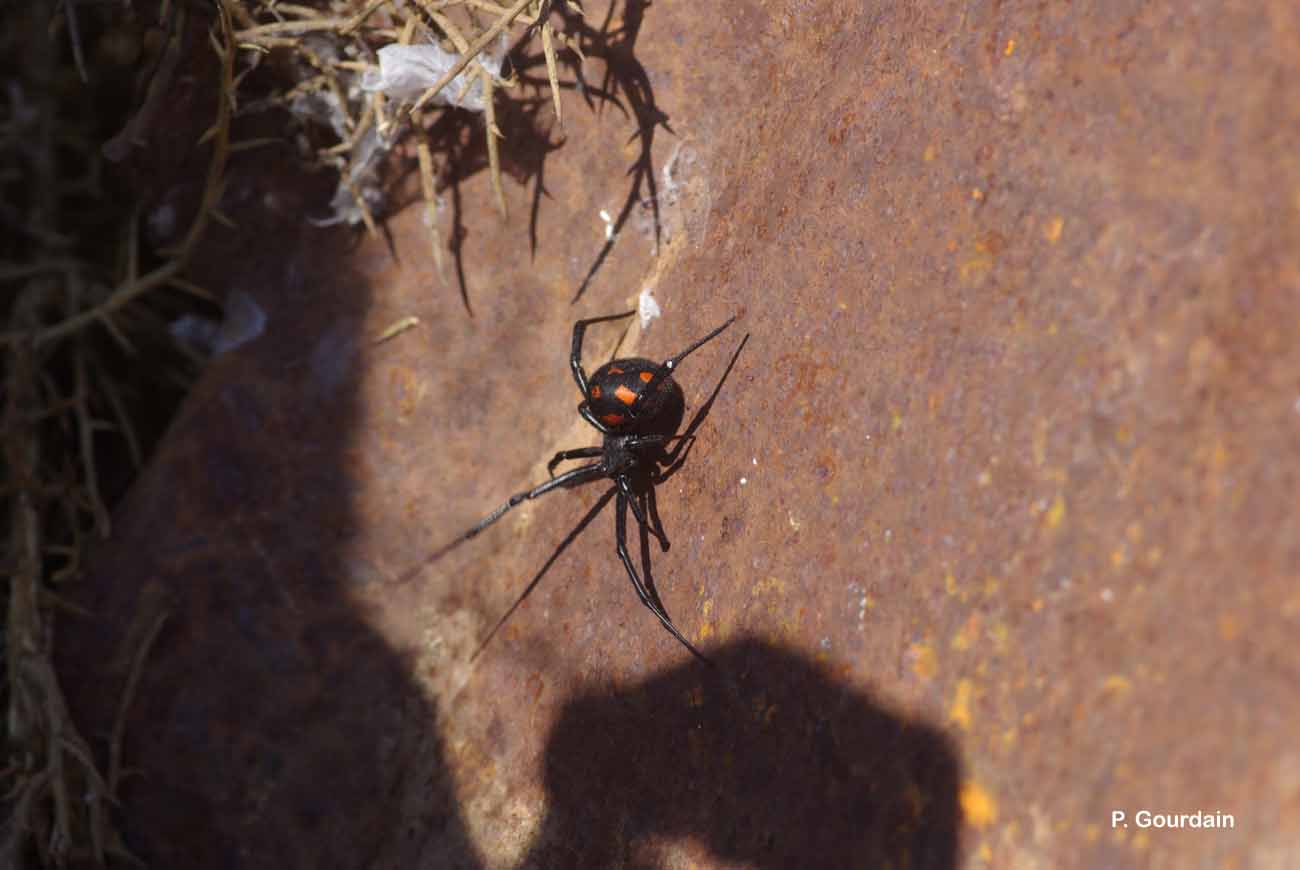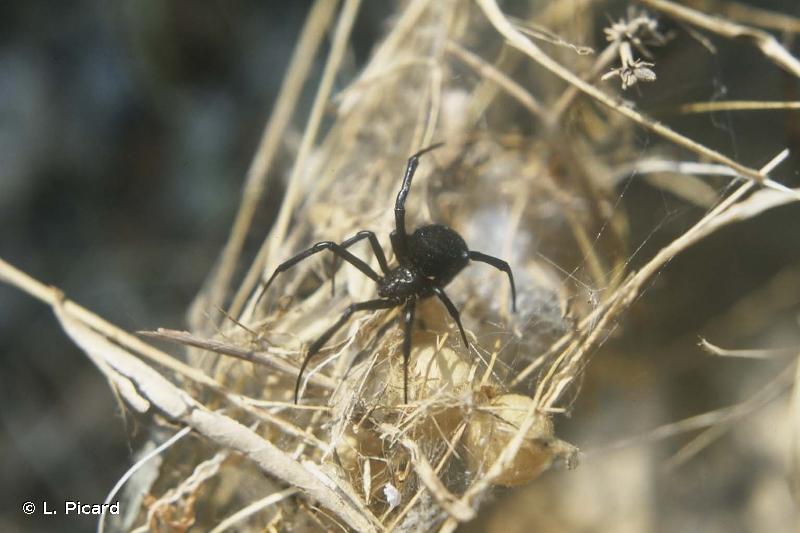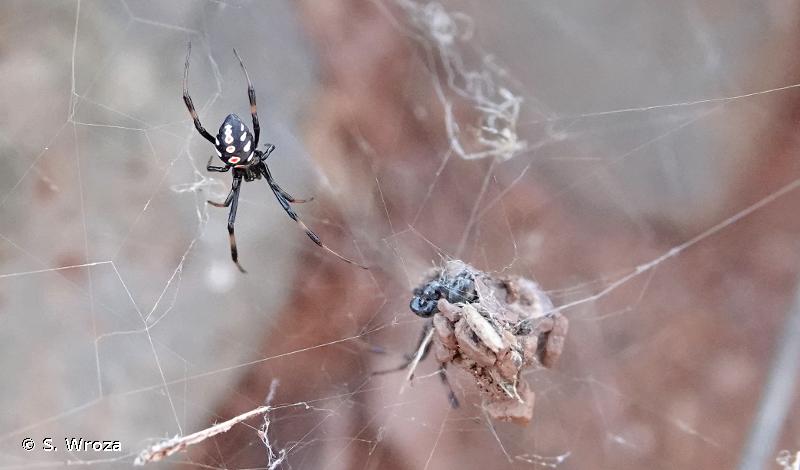
cd_nom

| Auteur : P. Gourdain |
 |
Pour se procurer la photo originale ou demander une autorisation d'utilisation, consulter :
Philippe GOURDAIN
Muséum national d'Histoire naturelle - Service du Patrimoine Naturel
36 rue Geoffroy Saint-Hilaire
CP 41
75 231 PARIS CEDEX 05
e-mail : inpn@mnhn.fr
Légende : Barcaggio
Malgré la licence Creative Commons, n'hésitez pas à informer l'auteur de l'utilisation qui sera faite de sa photo

| Auteur : P. Gourdain |
 |
Pour se procurer la photo originale ou demander une autorisation d'utilisation, consulter :
Philippe GOURDAIN
Muséum national d'Histoire naturelle - Service du Patrimoine Naturel
36 rue Geoffroy Saint-Hilaire
CP 41
75 231 PARIS CEDEX 05
e-mail : inpn@mnhn.fr
Légende : Barcaggio
Malgré la licence Creative Commons, n'hésitez pas à informer l'auteur de l'utilisation qui sera faite de sa photo

| Auteur : B. Le Garff |
 |
Pour se procurer la photo originale ou demander une autorisation d'utilisation, consulter :
Bernard Le Garff
Biodiversité et gestion des territoires
Université de Rennes 1
SPN , Av du Gal leclerc
30042 Rennes Cedex
Légende : femelle, Corse
Toute réutilisation de la présente photographie doit faire l’objet d’une demande d’autorisation auprès de l’auteur.
Lien vers le code de la propriété intellectuelle (Legifrance)

| Auteur : L. Picard |
 |
Pour se procurer la photo originale ou demander une autorisation d'utilisation, consulter :
Lionel Picard
Association française d'Arachnologie
http://asfra.fr/Site/Main_public.html
email : inpn@mnhn.fr
Toute réutilisation de la présente photographie doit faire l’objet d’une demande d’autorisation auprès de l’auteur.
Lien vers le code de la propriété intellectuelle (Legifrance)

| Auteur : B. Descaves |
 |
Pour se procurer la photo originale ou demander une autorisation d'utilisation, consulter :
Malgré la licence Creative Commons, n'hésitez pas à informer l'auteur de l'utilisation qui sera faite de sa photo

| Auteur : Y. Montardi |
 |
Pour se procurer la photo originale ou demander une autorisation d'utilisation, consulter :
Malgré la licence Creative Commons, n'hésitez pas à informer l'auteur de l'utilisation qui sera faite de sa photo

| Auteur : S. Wroza |
 |
Malgré la licence Creative Commons, n'hésitez pas à informer l'auteur de l'utilisation qui sera faite de sa photo

| Auteur : S. Wroza |
 |
Malgré la licence Creative Commons, n'hésitez pas à informer l'auteur de l'utilisation qui sera faite de sa photo

| Auteur : Y. Montardi |
 |
Pour se procurer la photo originale ou demander une autorisation d'utilisation, consulter :
Malgré la licence Creative Commons, n'hésitez pas à informer l'auteur de l'utilisation qui sera faite de sa photo

| Auteur : S. Wroza |
 |
Malgré la licence Creative Commons, n'hésitez pas à informer l'auteur de l'utilisation qui sera faite de sa photo

| Auteur : S. Wroza |
 |
Malgré la licence Creative Commons, n'hésitez pas à informer l'auteur de l'utilisation qui sera faite de sa photo
Distribution mondiale
Sud de l'Europe, Bassin méditerranéen
Caractères distinctifs, espèces
Taille - femelle : 8-15 mm, mâle : 5-7 mm.
Elle est caractérisée par son corps noir avec de longues pattes sans épines. L'abdomen est souvent pourvu de taches rouges à jaunes en trois lignes ainsi que d'une tache transverse à l'avant (treize taches). Elle peut être confondue avec Steatoda paykulliana toxique, surtout lorsqu'elle est entièrement noire, mais ses pattes sont proportionnellement plus longues. C'est la seule espèce du genre en France, mais pas dans le Bassin méditerranéen. Son nom Malmignatta vient de l'italien (mauvaise-sangsue). Ses couleurs d'avertissement n'empêchent pas les morsures, dangereuses pour l'homme, mais non mortelles.
Milieux colonisés
L'espèce colonise des terrains secs, ouverts, telles certaines pelouses ou friches, ainsi que les bords de mer sableux ou caillouteux.
Chasse
Elle tisse une toile organisée en nappe avec des fils touchant le sol, collants à cette extrémité. Elle se développe à partir d'une retraite tubulaire cachée. L'araignée se déplace suspendue sous la nappe. Elle fonce sur les proies qui se sont engluées, les emmaillote puis les mord. Il s'agit de grillons, de iules, de grands coléoptères, voire de petits lézards. Elle absorbe ensuite le contenu de sa proie dont il ne reste que le tégument.
Développement, cycle
Les adultes apparaissent en mai, les mâles sont visibles jusqu'en août, les femelles jusqu'en novembre. Le cycle durerait deux ans. Le mâle disparaît après l'accouplement d'où le nom de « veuve noire », mais la femelle n'en est pas toujours responsable. Elle confectionne des cocons sphériques de plusieurs centaines œufs entourés de soie solide et dense jaunâtre dont le diamètre excède la taille de la génitrice. Les jeunes ne sortent qu'au printemps puis se dispersent. L'espèce est abondante cycliquement, certaines années.
A. Canard(Université de Rennes/Service du Patrimoine Naturel, MNHN),2014
continental
Métropole
Outre-mer
marin
Métropole
Outre-mer
La carte présente une synthèse à la maille 10 x 10 km des données d’observation de l’espèce transmises au SINP. Ces données ont été soumises à des filtres de validation.
La carte présente une couche de répartition de référence de l’espèce à l’échelle des départements et des secteurs marins. Les données de présence et d’absence ont été établies par expertise au sein d’un réseau de partenaires. Cette répartition de référence est utilisée dans le processus de validation des données du SINP au niveau de l’INPN.
Correspond à un signalement sur la base d'au moins une observation avérée dans une période de 10 ans (20 ans pour les invertébrés peu connus) précédant l'année de référence et aucune présomption de disparition depuis l'obtention de la dernière donnée ni doute sur le caractère reproducteur et implanté de cette population. Pour les espèces migratrices, la pr&easence indiqu&eae concerne les zones de reproduction.
Ce statut se base sur un ou plusieurs des critères suivants :
Ce point recouvre l'absence, par nature plus difficile à démontrer que la présence. Ce statut se base sur un ou plusieurs des critères suivants :
Ce statut doit également être attribué à un département dans lequel la présence de l'espèce est occasionnelle.
Cas particulier d'absence liée à une disparition avérée depuis moins d'un demi-siècle (les disparitions anciennes sont traitées comme « absence probable ou certaine »).
Dans l'état des connaissances, on ne peut pas se prononcer sur la présence ou l'absence actuelle dans le département. Il s'agit du statut utilisé par défaut quand on ne se situe pas dans une des catégories précédente ou dès lors qu'il y a un doute.
La carte présente la répartition mondiale de l’espèce à partir des données du GBIF (Global Biodiversity Information Facility - Système mondial d'information sur la biodiversité).
